Community Science
Do you love science? Are you science curious? Or do you wonder how we know what we know about the watershed and our efforts to restore it? Then come learn with as us as we discover what our watershed can teach us! We have a variety of opportunities available – no experience necessary!
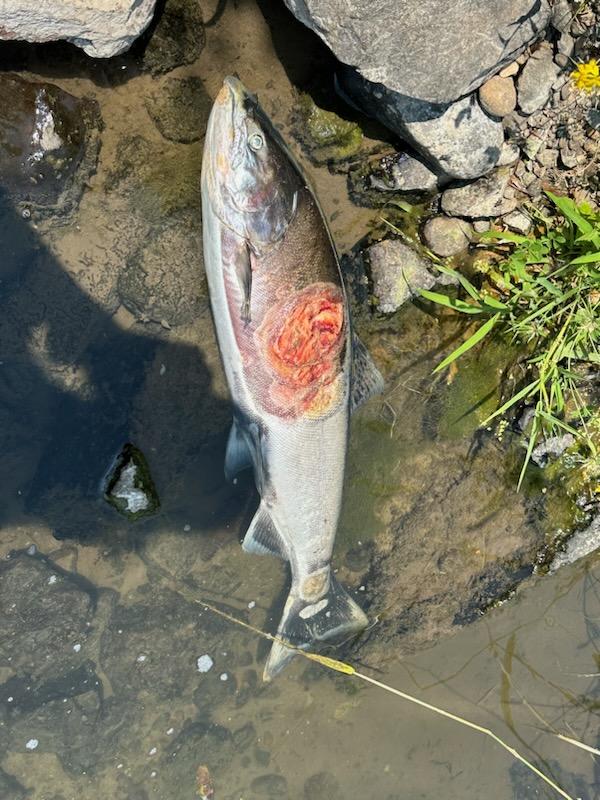
Salmon Surveys
Salmon are amazing fish that migrate from their natal streams (where they were born) to the ocean and back again to spawn. They also play an important role in the cultures and histories of Native Nations in this area.
Before urbanization changed the character of the watershed, Johnson Creek supported thriving populations of both coho and chinook salmon. Now as we work to restore habitat, we need to understand the distribution of salmon species and spawning activity.
Since 2011, volunteers have surveyed Johnson Creek looking for signs of salmon breeding activity, such as their nests – known as “redds.”
Surveying is challenging work. Surveys must be conducted when different species are likely to be present–and when water levels make surveying possible. Turbidity and high flows can completely throttle these visual surveys! Nevertheless, with the help of numerous intrepid volunteers, we are generating valuable data that will help prioritize restoration projects and the recovery of these species.
Thank you, Salmon Surveyors, for your important work!
If you’re interested in becoming a Salmon Surveyor, sign up for our newsletter and follow us on Facebook and Instagram. We’ll let you know about upcoming opportunities!
Check out our Salmon Science page to learn more!
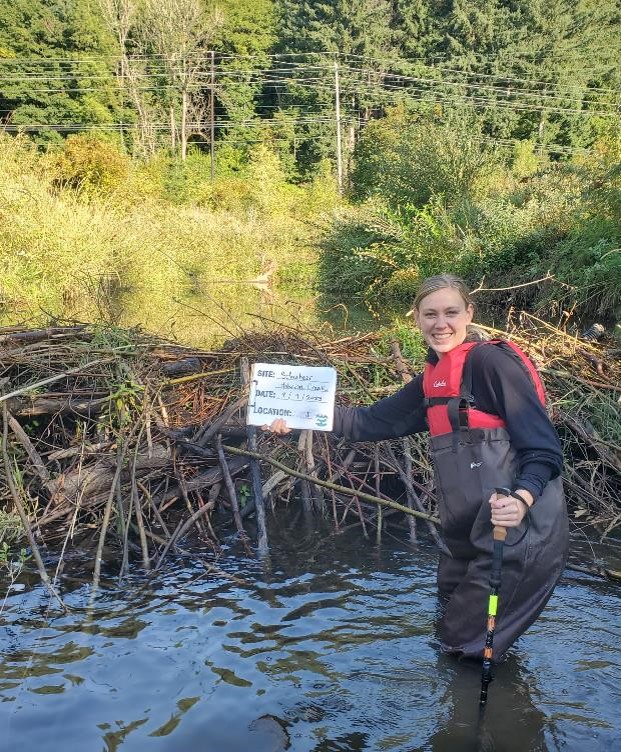
Beaver Surveys
Beavers are making a comeback in Johnson Creek!
Prior to European contact, beavers were abundant in North America, and they were integral to wetland and watershed health.
We’re only beginning to understand just how important beavers are to the landscape – to water tables, flood control, and fish habitat. For example, the cool, deep water held behind beaver dams can be vital habitat for fish, including coho salmon.
Each summer and fall, volunteers and staff walk stretches of Johnson Creek and its main tributaries, documenting signs of beaver activity, so we can monitor the success of habitat restoration efforts and improve on the natural landscape engineering these animals provide. Plus it’s a lot of fun to see what they’ve been up to for the past year!
If you’re interested in joining us, sign up for our newsletter and follow us on Facebook and Instagram. We’ll let you know about upcoming opportunities!
If you want to learn more about beaver in the watershed, visit our Beaver Science page for survey history, an interactive map of beaver activity through the watershed, and general information about beavers.
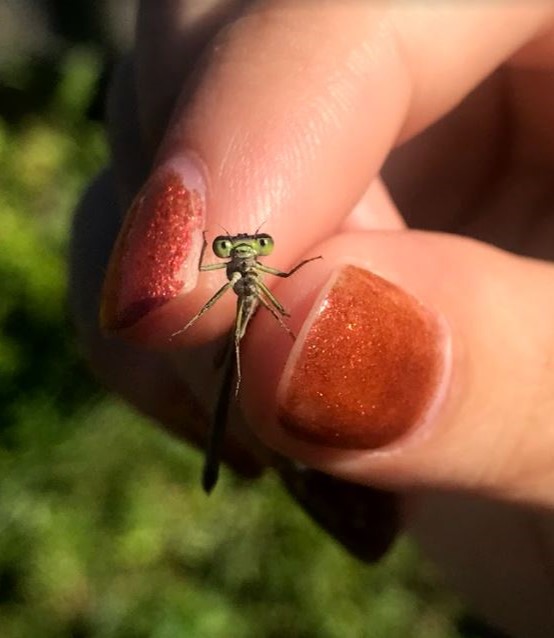
Dragonfly Surveys
Odonates (dragonflies and damselflies) are not only beautiful to look at, they are important indicator species in aquatic areas, like the riparian zone along Johnson Creek. You can help us document dragonfly and damselfly species throughout the Johnson Creek Watershed – no experience necessary! We will have knowledgable folks on hand to train volunteers in survey protocol and identification skills.
Watch for information in June each year about how you can participate!
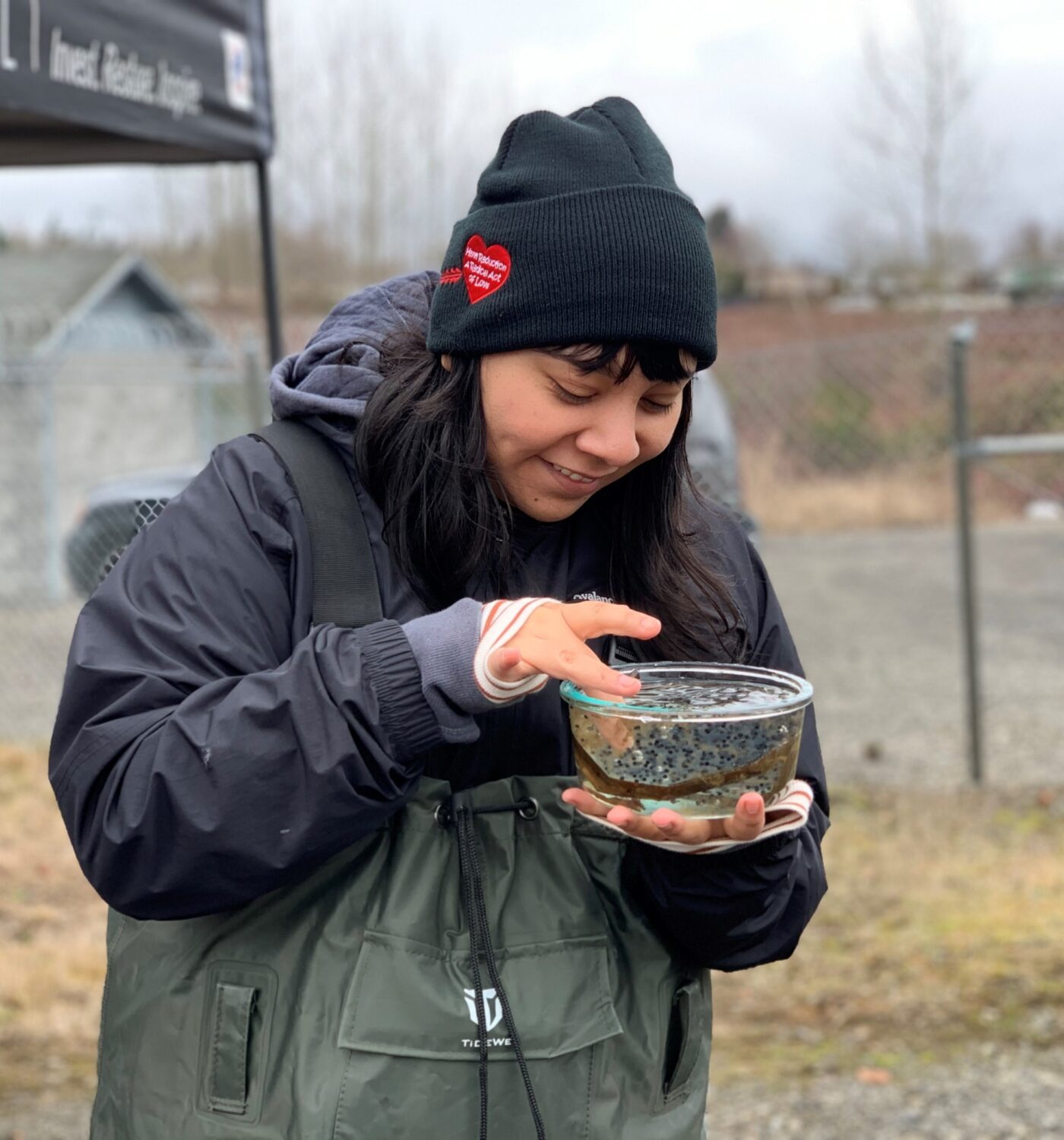
Amphibian Egg Mass Surveys
Each year we work with the City of Gresham to track amphibian use of stormwater ponds. These surveys are part of a regional effort to learn more about amphibians and their habitats and to inform conservation and restoration efforts.
No experience needed! We train surveyors to collect data on egg masses of four different native species of amphibians.
Watch for information in November each year about how you can participate!
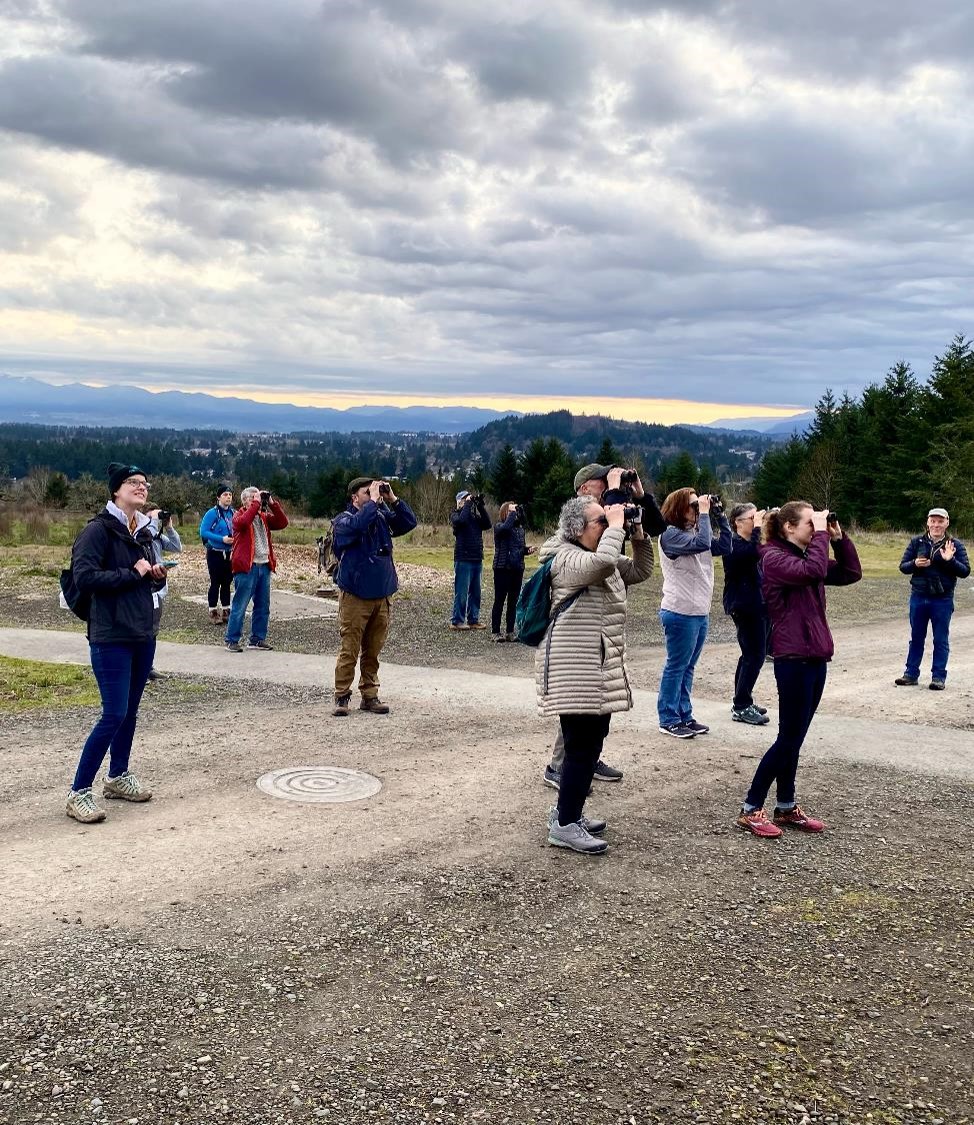
Bird Surveys
The Prairie-Nesting Bird Surveys are a community science project started in 2019 to monitor grassland birds breeding in Powell Butte Nature Park. It’s a joint project between the Johnson Creek Watershed Council, Portland Parks and Recreation, Conservation InSight, and amazing community scientists like you!
Watch for information in March each year about how you can participate!
We Love Nature – Here’s Why!
Nature is awesome. As a Community Scientist you can learn about animal behavior, habitat use and management, reproductive ecology, and so much more! And we LOVE sharing and learning together! Even better, as a Community Science Volunteer you can contribute valuable information about the species using our watershed and how they are responding to our restoration efforts. For example, did you know that adult salmon are using Johnson Creek in the summer months – perhaps for the cool springs that feed the creek near the confluence?
Find out more about the science of the organisms in our watershed by clicking on the topics to the right. Then join us in the field!
